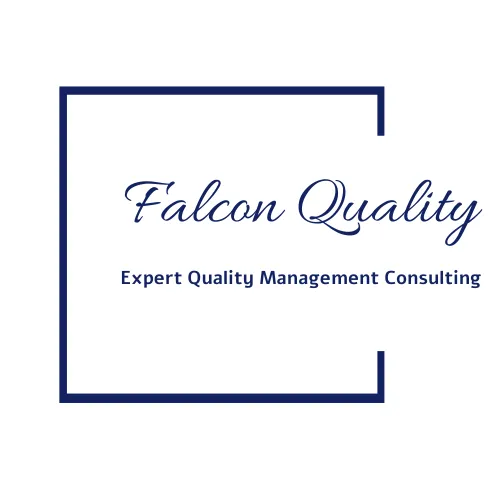
ISO9001 GAP Analysis Question 17 Quality Policy Commitment to Satisfy Applicable Requirements and Continuous Improvement
To determine if your quality management system (QMS) aligns with ISO 9001 section 5.2.1(c) and (d), you’ll need to closely examine your quality policy to confirm that it explicitly commits to meeting applicable requirements and to continually improving the QMS. Here’s what to look for to assess if you’re compliant with these specific requirements.
1. Commitment to Satisfy Applicable Requirements (5.2.1c):
Start by reviewing your quality policy to verify if it clearly states a commitment to meet all applicable requirements. These requirements include customer expectations, statutory and regulatory obligations, and any other standards relevant to your products, services, or operations. Check for language in the policy that explicitly mentions compliance or adherence to these requirements. If the policy lacks a clear statement about meeting these obligations or if it’s vague on compliance, this could indicate a gap in meeting section 5.2.1(c).
2. Commitment to Continual Improvement (5.2.1d):
Section 5.2.1(d) requires that the quality policy includes a commitment to the continual improvement of the QMS. Review your policy for wording that demonstrates an ongoing dedication to enhancing processes, increasing efficiency, or improving customer satisfaction. Terms like “continuous improvement,” “ongoing enhancement,” or “commitment to excellence” can signify this intent. If your policy lacks a specific mention of continual improvement, or if it suggests a static approach to quality, this might indicate a need to update the policy to meet this requirement.
3. Consistency with QMS Objectives and Actions:
The commitments in the quality policy should be reflected in your QMS objectives and daily operations. Check if there’s evidence that your organization actively works to meet customer requirements and pursue continual improvement through actions like performance reviews, process evaluations, and corrective actions. If the policy’s commitments aren’t mirrored in the objectives and practices of your QMS, this may indicate that the commitments in the policy are not fully integrated into your system.
4. Communication and Accessibility of the Policy:
For the policy commitments to be effective, they need to be understood and upheld across the organization. Ensure that your quality policy is accessible to employees and that they are aware of its commitment to meeting requirements and improving quality. Evidence of regular communication, such as team meetings or training sessions that discuss the policy, can help demonstrate that the policy’s commitments are integrated into your organizational culture.
By reviewing each of these areas, you can determine if your quality policy meets the requirements of ISO 9001 sections 5.2.1(c) and (d) or if adjustments are necessary to more fully satisfy the standard’s expectations for compliance and continual improvement.